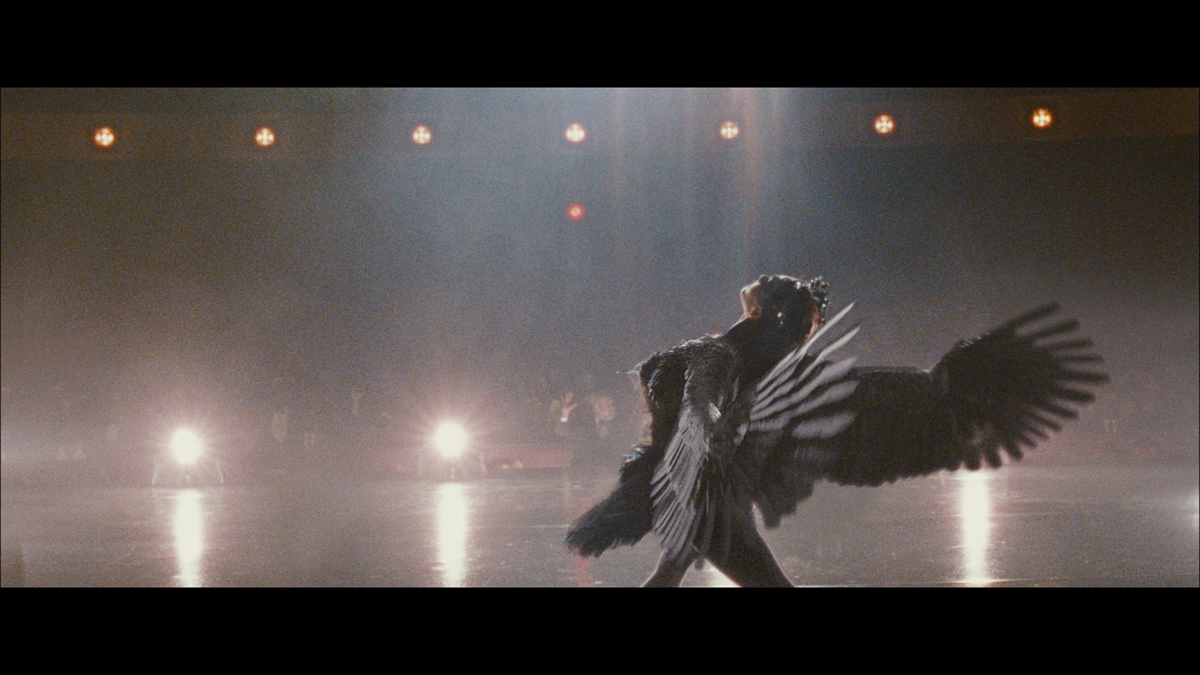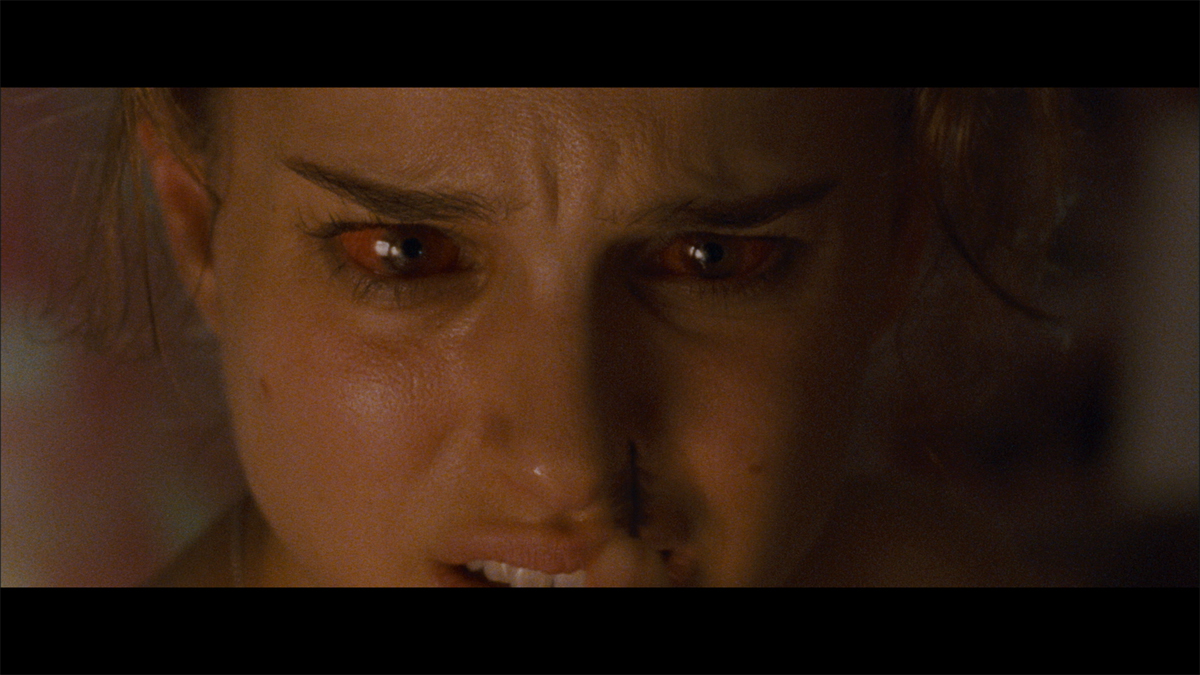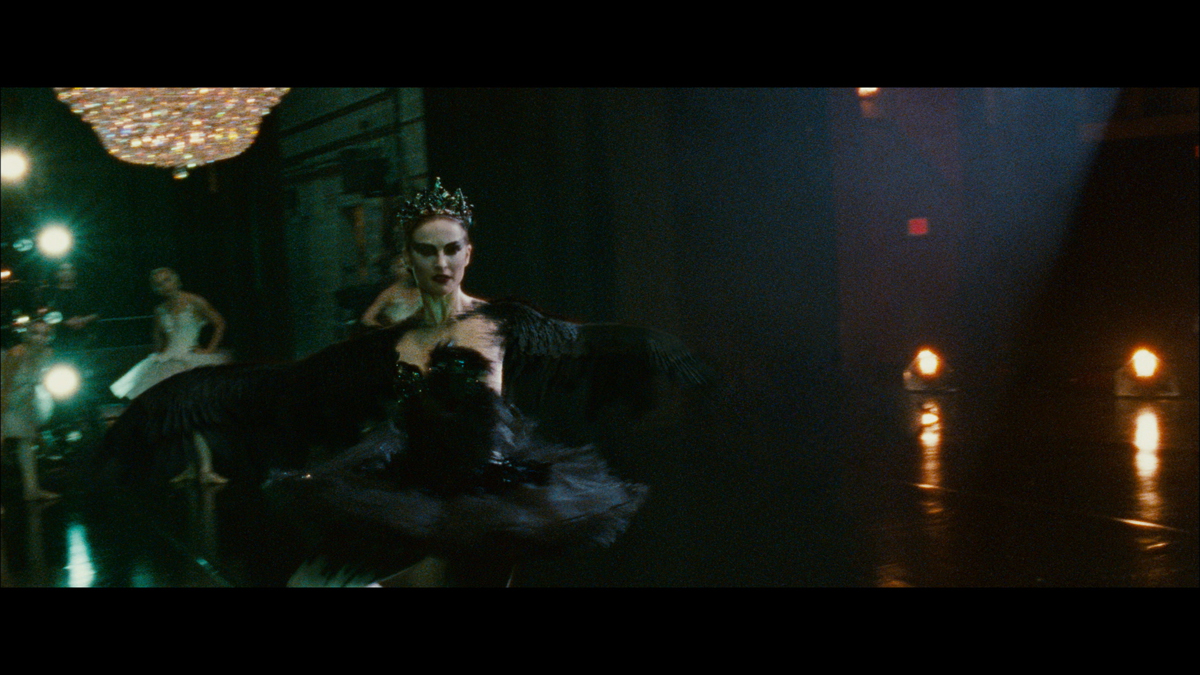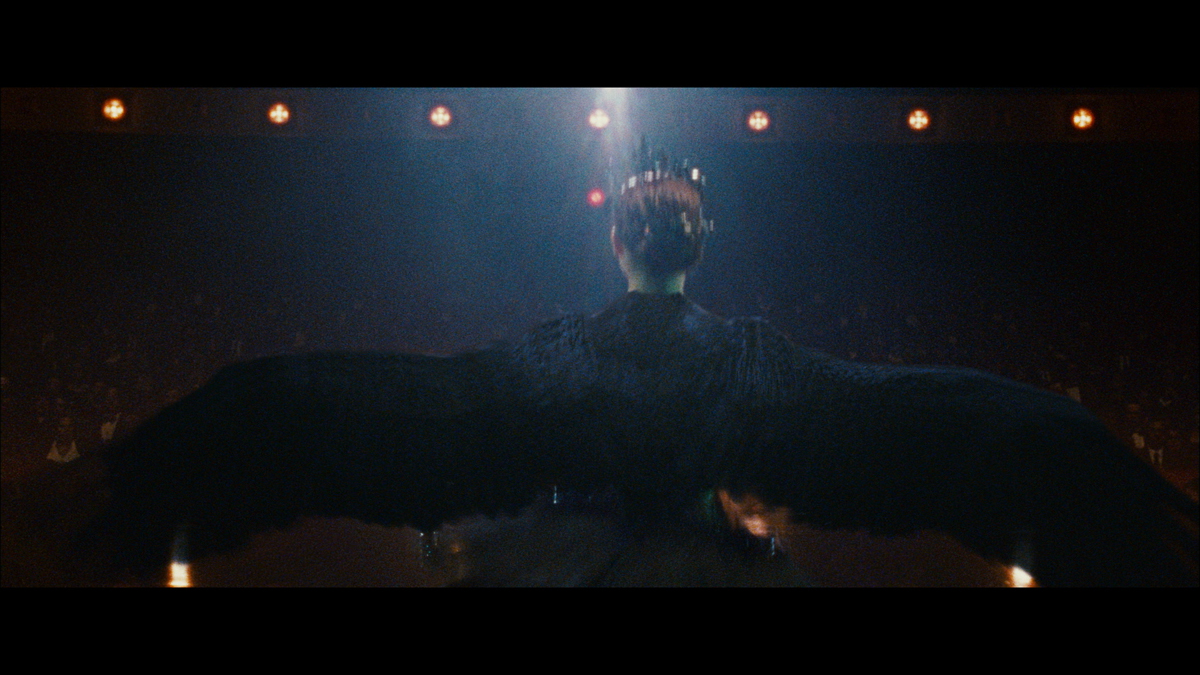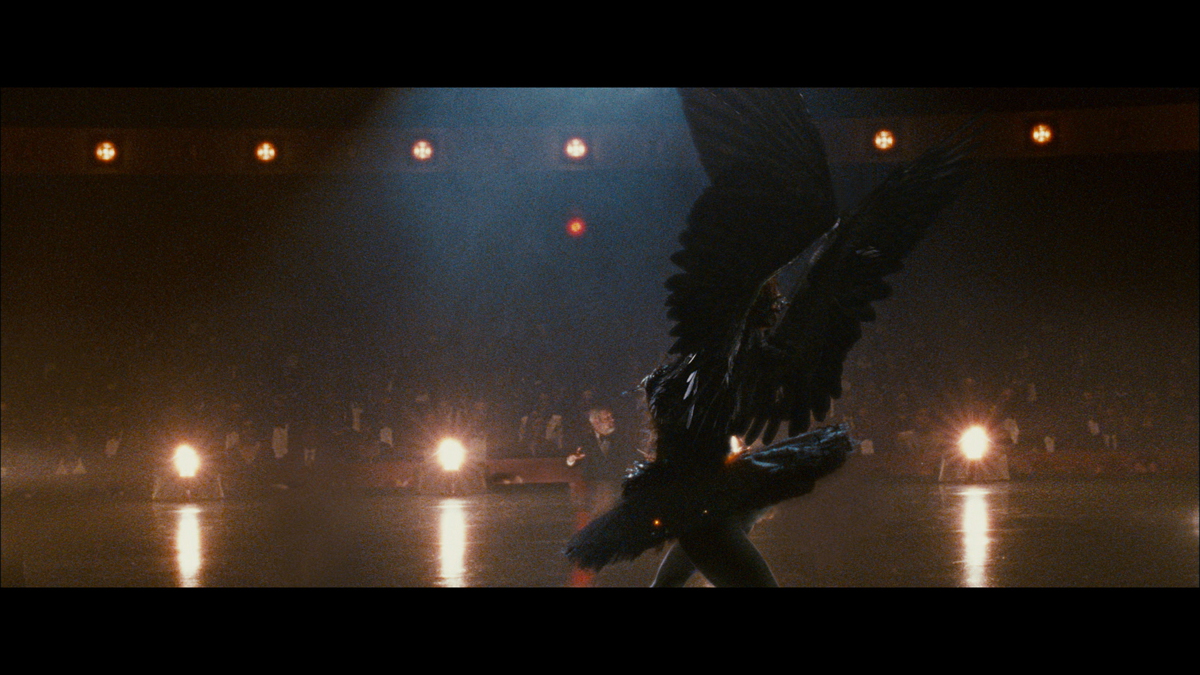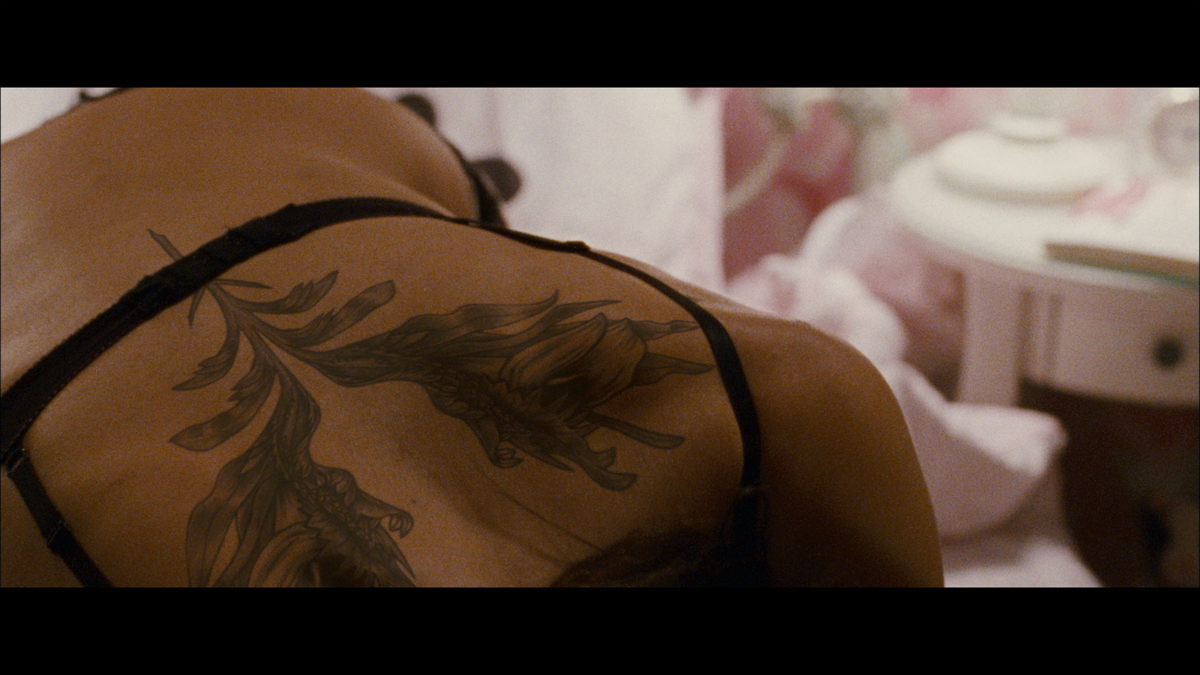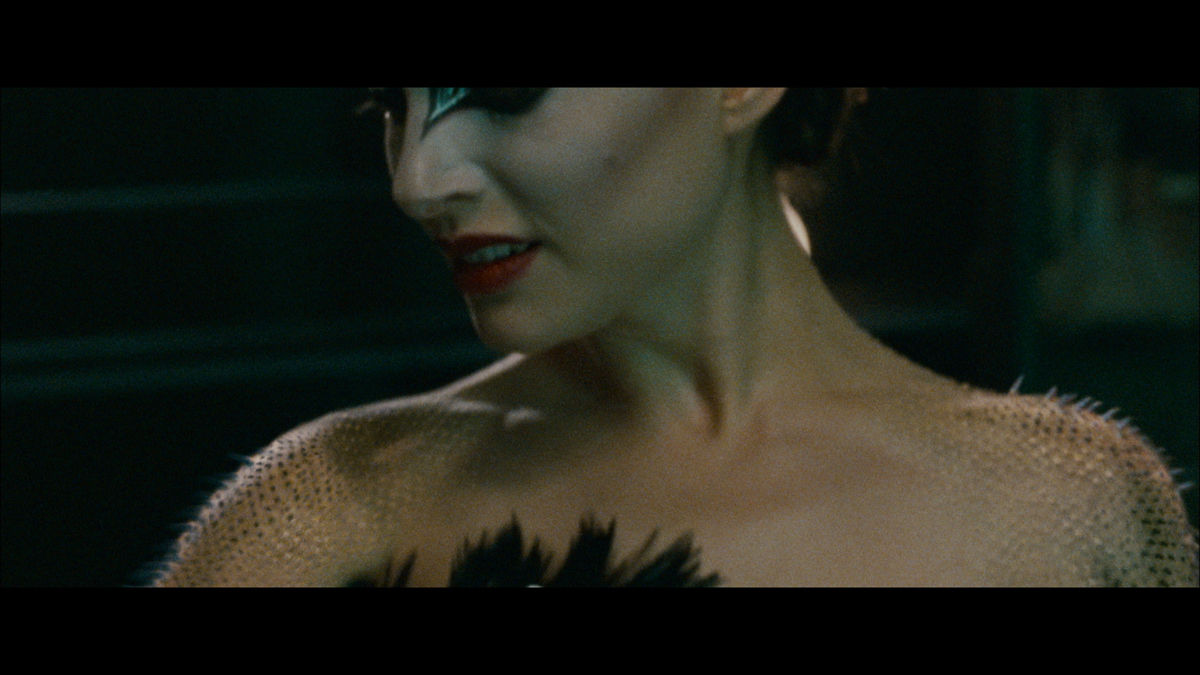Dan Schrecker has worked on all the movies of Darren Aronofsky’s from PI to BLACK SWAN. He also worked on films such as THE DARJEELING LIMITED, ACROSS THE UNIVERSE or LAW ABIDING CITIZEN and the TV serie THE SOPRANOS. In 2008, he joined the staff of Look Effects.
What is your background?
I started out doing non-digital animation. From there I went to graduate school to study interactive telecommunications. This got me into the digital world and I started my own business doing interactive design. After a few years of this, my old college roommate made a film and needed some help with some graphics so I teamed up with another old college friend and did the work. That film was ?. From there I started to do title design and got into visual effects that way, starting a new company called Amoeba Proteus with my friend Jeremy Dawson.
How do Look Effects got involved in this project?
I had worked with Darren Aronofsky on all of his films and, since I had taken a staff position at LOOK in 2008, it made sense for us to do the work on BLACK SWAN. In addition, LOOK had done work for Darren on FOUNTAIN and THE WRESTLER, so he was familiar with the company as a whole.
What have you made on this show?
We completed over 200 visual effects shots for the film. This included complex CG work, such as the swan transformation, as well as, production fixes, such as lots of crew removal in the mirrored rehearsal rooms.
How was your collaboration with Darren Aronofsky?
It was good. Like I said, we have been friends since college, so we have a very good working relationship and a shared history which allows us to communicate fairly easily.
How did you create the wings in the dance sequence?
The swan transformation
With Nina’s triumphant performance as the Black Swan, her transformation reaches completion in this sequence. The practical chicken skin on her back spreads across her chest as a 3D effect. It travels down her arms and CG feathers begin to emerge. The Black Swan makeup travels up her arms as a 2D effect. When she begins the final coda, the feathers being to form full swan wings and torso.
Dance Motion Capture
On set, we shot the professional dancer using a motion-capture setup provided by Curious Pictures. There were 18 cameras which captured the dancer’s motion. Because the dance double could only do this most difficult ballet sequence from stage left and Ms. Portman could only do it from the right side, we were forced to flop the shot. Throughout the film, we were very impressed with Natalie’s dancing skills, as she performed much more of the ballet than initially anticipated. In this case, she performed the final coda, providing us with a high-quality element for the face replacement in the few shots where we used the dancer.
Wing Layout and Rig:
The wings were built based on a compromise between the concept drawings and the dancer rig (3D set-up). The dancer rig was built-in with the arms divided into multiple joints to allow for greater tracking flexibility. To match the rig, the wing model has the same number of joints and is constrained to follow the dancer’s arm movement and twist at each extra joint location. The rig also contains extra controls to allow for additional twists and offsets. This was critical because what worked best for the track did not necessarily appear natural for the wing. Twisting was especially an issue that resulted in a lot of additional animation on the wing rig.
The joints of the wing rig were skinned to a NURBS foil shape that was more bird-like in proportion than arm-like. The larger feathers, the primaries and secondaries, were hand-positioned on this NURBS model surface. The smaller feathers that fill in the wings were placed by MEL scripts (specially-written programs) which LOOK wrote to instance (multiply) based on texture maps. Additional MEL scripts constrained the feathers to the NURBS geometry (3D model) using Maya’s follicle nodes. The body feathers were also entirely positioned and scaled based on texture maps and the MEL instancing scripts. The total feather count was around 11,000 and LOOK’s technical director wrote around 1500 lines of MEL code for rigging and scene management.
All of this coding allowed the wing rig, when fully-built and attached to the dancer rig, to use the dancer in the master file as reference and simply swap with the most recent wing version.
Lighting/Rendering/Passes:
Lighting was done entirely with conventional Autodesk Maya area and spot lights. We had enough images to generate HDRIs (high dynamic range imaging), but the lighting changes and large camera movement made it impossible for one or two HDRIs to cover the wild shifts in luminance. Computer graphics lights were “built” based on the film footage, with numerous stage lights above and to the sides of Natalie, six large chandeliers were approximated, several bright footlights near the orchestra were added and three very bright spot lights casting rim light were critical. Even with all these lights, the black levels in the plate the smoke in the theater made matching the actual lighting tricky. A lot of color correction in compositing had to be done as a result to make the wing feel integrated.
The shot was rendered in mental ray using the Rasterizer because of the huge amount of motion blur. Most of the wing is captured in one big beauty pass with an additional shadow pass and numerous mattes for the compositor.
Can you talk more in details about the feathers creation?
Feathers:
For the transformation, we needed to create, animate and composite in the black swan feathers. Great care was taken to make the look and behavior of the feathers as realistic as possible, thus helping to make the transformation believable.
The wing feathers (Primaries, Secondaries) are simple 3D models: curved planes for the barbs and cylindrical geometry from extruded curves for the rachises. Each feather has a deformer rig (animation control structure) to add bend in two directions and also to allow growth from the rachis outward. The body feathers were simplified and usually did not contain rigs or separate rachis geometry. Feather silhouettes were created with a cutout map from scans of actual Swan Tundra feathers (a white swan). Those same scans were darkened in Photoshop and painted over to produce a more plausible black swan feather. Normal maps (textures) were generated through ShaderMap to add barb roughness. There were ten primaries, eight secondaries, and five generic body feathers in total. Each set was mirrored producing 46 feather textures.
The look of the feathers comes from an anisotropic shader, which gives the smooth geometry the sort of directional sheen one would expect from a real feather composed of thousands of individual barbs. The shader was slightly translucent to allow light through when the wings crossed in front of stage lights. Special care was given to reflection falloff, as there is essentially no diffuse lighting on the feathers due to the dark plate and the dark texture maps being multiplied against the diffuse lighting values.
Feather Growth:
Feather growth was one of the more challenging aspects of the visual effects in Black Swan. LOOK animated black and white maps in Adobe After Effects and generated some low-resolution image sequences. Those growth images were read into the 3D software, Autodesk Maya, and determined the feather scale and other properties, such as rotation for feather ruffling. Each feather had extra data associated with it, such as UV position, which had been stored previously when rigged by the instancing MEL scripts. It was a crude, but effective, feather system.
Animation:
The primary and secondary feathers were grown “by hand” by hand animating scale attributes and keyframing the deformers of each individual feather’s rigs that allow outward growth (the barbs pop out of the rachises). Additionally, keyframes were set by hand every couple of frames to keep the wing from twisting (often around the elbows) and to minimize feathers penetrating each other. As the shot progressed, the matchmove often had to be tightened up with additional keyframes.
How did you create the tattoo on the back of Natalie Portman?
During the sex scene, the lily tattoo on Lily’s back, which we’ve seen throughout the earlier part of the film, transforms, from Nina’s point of view, into swan wings. Is this a hallucination brought on by Nina’s drug intake or a manifestation of Nina’s paranoia that Lily will take over the role of the Swan Queen?
LOOK started the transformation effect with an image of the practical tattoo. We had our concept illustrator design a final swan wing element in the same color and style as the tattoo. He then drew in-between frames, « mapping » each petal and leaf of the lilies to the wing feathers. An animator then used these elements to create the final 2D animation. Simultaneously, the painstaking 3D matchmove of Lily’s back and movement was ongoing. This was a particularly difficult track due to subtle muscle movements in the actress’ back. The 2D animation was then applied to Lily’s back, creating the transformation.
Is the handheld style of Darren Aronofsky gives you some troubles?
It did make things more difficult to track, but we got it done. In a few cases we insisted that Darren shoot with a locked off camera and we added digital camera shake in post.
Have you done any face replacements?
A few, but not many. Natalie did almost all of her own dancing. Though there were shots when we mapped Natalie’s face on to drive the storytelling, such as Lily’s face in the dressing room confrontation and the corps de ballet backstage.
How did you design and create the paintings that speak to Natalie Portman?
The art department created the actual paintings. As the scene progressed during editing, Darren wanted it to be more extreme, so we did a number of variations of the faces until we found the right balance. Because they were so childish in style, we had to be careful not to make it too goofy.
How many shots have you made and what was the size of your team?
I believe it was 210 shots and about 25 artists.
Is there a shot or sequence that prevented you from sleeping?
Many.
What did you keep from this movie?
It was a very satisfying project to work on, but very difficult.
What is your next project?
Right now we are finishing work on LIMITLESS for Relativity Media, Neil Berger director, with Bradley Cooper and Robert DeNiro. We are also starting work on THE SITTER for Fox, starring Jonah Hill and directed by David Gordon Green
What are the 4 movies that gave you the passion of cinema?
JAWS, DR. STRANGELOVE, SUPERMAN 2 and APOCALYPSE NOW
A big thanks for your time.
// WANT TO KNOW MORE ?
– Look Effects: Official website of Look Effects.
– fxguide: Article about BLACK SWAN on fxguide.
// BLACK SWAN – LOOK EFFECTS – VFX BREAKDOWN
© Vincent Frei – The Art of VFX – 2011


